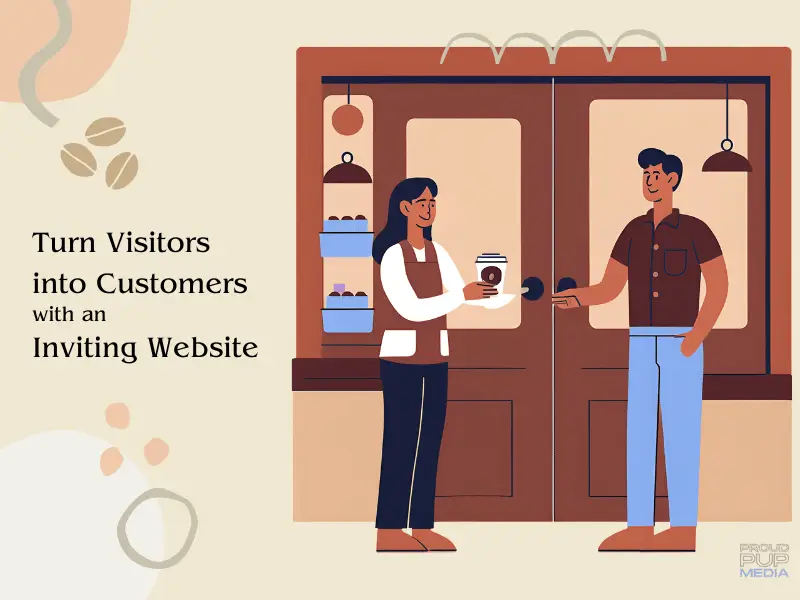I don’t know about you but when I go to a restaurant that has a massive menu, I can get overwhelmed by all the choices and will often default to ordering menu items that I know. Part of the reason is the time it takes to make a choice. I couldn’t be bothered sometimes. This experience is known as decision fatigue, it’s really reals, bruh.
Your website menu design needs to consider this very real visitor experience. For fun, let’s call it “59 Flavour Fatigue Syndrome”.
59 Flavour Fatigue Syndrome
A cluttered navigation menu is like having fifty-nine ice cream flavours to choose from. They might all be tempting, chocolate swirls and peanut butter, or salted caramel with chocolate swirls and marshmallows, but a customer suffering from 59 flavour fatigue syndrome might get so overwhelmed by all the choices, they may end up choosing what they normally do, plain old vanilla. And that isn’t good for all the all yummy flavours (pages, blog posts, products etc) taking up valuable space.
Fewer options are better for the website user experience.
People can only remember a small selection of options before 59 Flavour Fatigue Syndrome sets in. So how can you prevent this experience from happening for your website visitors?
I’ve created some steps you can take to simplify your menu so that making the right decision is a breeze for your customers.
Simplifying your website menu
- Important links only – The number one rule for simplifying your menu is how many options you have. Try to keep important links only in your navigation. Examples of these would be: Services/Products, About, Blog, Contact. For most websites, 5 top-level menu items in the navigation is plenty.
- Assign secondary links – Secondary links should be in the drop-down menu and / or in the footer of the website. The video below goes over the top level, secondary and a possible third level of links in the menu on our website. Have a look.
- Avoid mega menus – Most people have encountered mega menus at least once. Mega menus have lots of categories and subcategories underneath them. Although they’re good for showing every option, the clutter can put visitors off.
- Remember every screen – One common mistake ( and one that wasn’t covered in the video below) websites make is not optimizing their menus for different devices. You need your menu to look great on computers, tablets, and phones, so make sure it fits them all.
A wise woman once said — “Have you cleared the cache?”
anonymous
- Fonts matter – Don’t use fancy fonts on your menu. While most menu fonts match your website, it can be tempting to pick something different that looks great but is illegible to a visitor. A simple, easy-to-read design is always best.
Here’s a video that goes over a few of these options, with a focus on how to edit your menu in WordPress.

Take a look at your website menu. Is there a way you could simplify it and avoid the 59 Flavour Fatigue Syndrome?

We’re here to help
Do you need help with your website navigation menu or any other elements that are beyond your expertise? Book a free consultation so we can chat.




